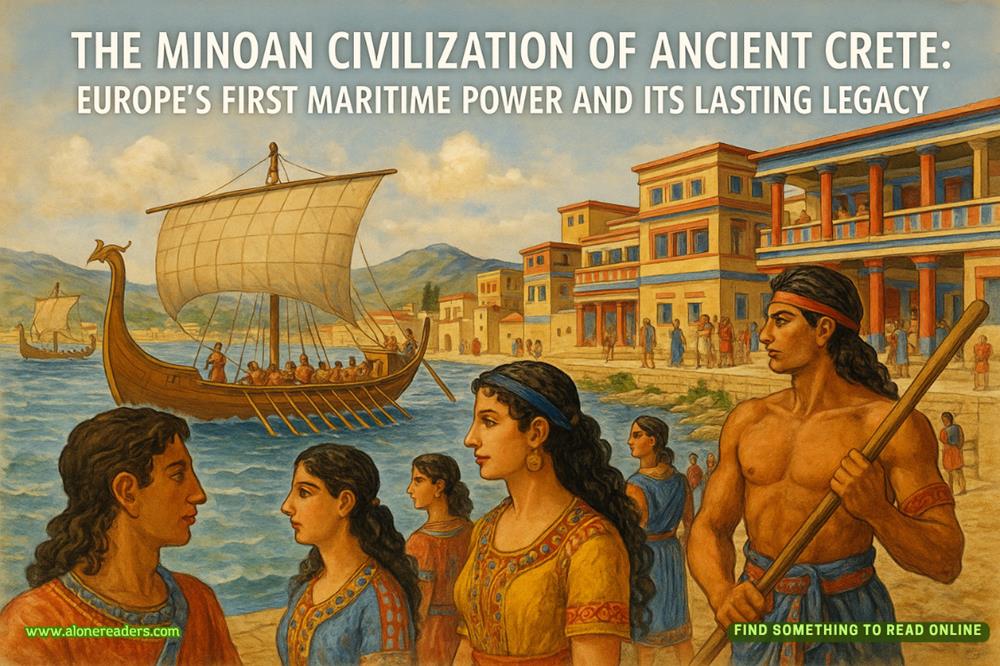Page 131 of Project Hail Mary
“How do you make xenonite again? You mix two liquids?”
Rocky is caught off guard by the question, but he answers.“Yes. Have liquid and liquid. Mix. They become xenonite.”
“How much can you make? How much of those liquids did you bring?”
“I bring much. I use to make my zone.”
I bring up a spreadsheet and start typing in numbers. “We need 0.4cubic meters of xenonite. Can you make that much?”
“Yes,”he says.“Have enough liquids remain to make 0.61 cubic meters.”
“Okay. Then I have…an idea.” I steeple my fingers.
—
It’s a simple idea, but also stupid. Thing is, when stupid ideas work, they become genius ideas. We’ll see which way this one falls.
The Astrophage breeding grounds are 10 kilometers into the atmosphere of Adrian. I can’t fly theHail Marythat low because the air is too thick and I’d burn up. I can’t use the engines in the atmosphere because then all heck breaks loose and everything blows up.
So, it’s time to go fishing. We’re going to make a 10-kilometer-long chain, put a sampling device of some kind on the end (Rocky will make that), and drag it through the atmosphere. Easy enough, right?
Wrong.
TheHail Maryhas to maintain a velocity of 12.6 kilometers per second to stay in orbit. Any slower and we’ll decay and burn up. But if we drag a chain through the air at that velocity—even a xenonite chain—it’ll get torn up and vaporized.
So we have to go slower. But going slower means falling toward the planet. Unless I use the engines to constantly maintain altitude. But if I do that, I’d be thrusting directly away from the chain and sample device. The exhaust from the engines will vaporize all of it.
So we’ll thrust at an angle. Simple as that.
It’ll look absolutely ridiculous. TheHail Marywill be tilted to 30 degrees from vertical, thrusting upward at that angle. Below it, the chain will dangle 10 kilometers into the air straight down. The atmosphere behind the thrusters will be in a constant state of ionized fire. It should be quite a show. But it’ll bebehindus and the chain will be passing through unaffected air.
All told, our lateral velocity will be just over 100 meters per second. The chain can handle that speed in the thin high-altitude air, no problem. I calculated that it’ll only deflect about 2 degrees from vertical.
Once we feel like we have a sample, we skedaddle. What could possibly go wrong!
I say that ironically.
I’m not the greatest 3-D modeler, but I’m able to make a chain link in CAD reasonably well. It’s not a normal oval link, though. It’s mostly oval, but with a thin opening for another link to enter. Easy to assemble the links, but extremely unlikely for them to rattle apart. Especially when they’re under tension.
I grab a block of aluminum and mount it in the mill.
“This will work, question?”Rocky asks from his ceiling tunnel.
“It should,” I say.
I fire up the mill and it gets right to work. It drills out the mold for a chain link exactly the way I’d hoped.
I pull the workpiece out, dust off the aluminum shavings, and hold it up to the tunnel. “How’s this?”
“Very good!”Rocky says.“We will need many many many chain links. More molds means I can make more at one time. You can make many molds, question?”
“Well.” I look in the supply cabinet. “I have limited amounts of aluminum.”
“You have many items in ship you no use. Two beds in dormitory, for instance. Melt them, make blocks, make more molds.”
“Wow. You don’t do anything by half-measure, do you?”
“No understand.”















